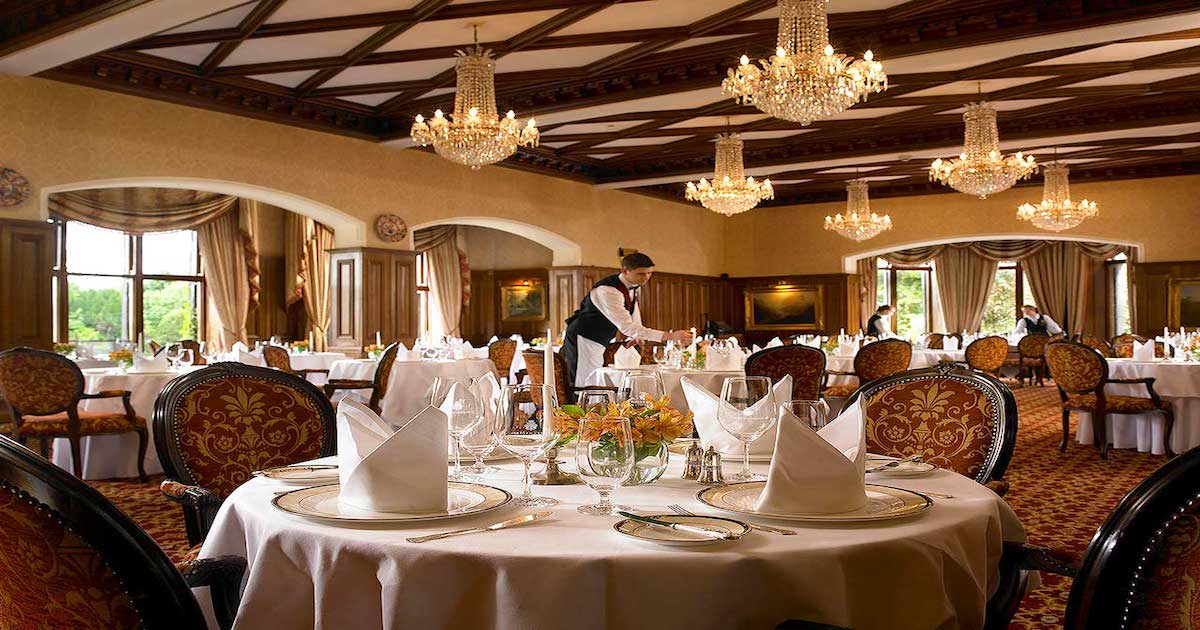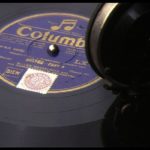It’s the time of year for saving money!
Recently one morning as I was getting dressed, I was playing the television mainly for something in the background. I wasn’t at all watching and was only barely listening when I heard the following statement: “Restaurants are becoming increasingly high end.” Restaurants, high end? What’s this all about?
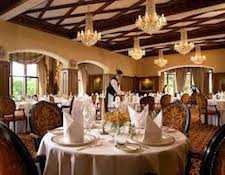 Despite coming in at pretty much the end of the piece, I managed to conclude that, at least at the opinion of the head chef being interviewed, more and more restaurants were opening up that placed as high a value on the overall dining experience as the quality of food. Translation – expensive. He went on to say the big chain “family style” restaurants were suffering in the current economic climate while the more gourmet dining establishments, many of them local restaurants, were increasing in numbers. Could it be that an increasing number of people are disposed of the need to spend more for a better, and more complete dining experience?
Despite coming in at pretty much the end of the piece, I managed to conclude that, at least at the opinion of the head chef being interviewed, more and more restaurants were opening up that placed as high a value on the overall dining experience as the quality of food. Translation – expensive. He went on to say the big chain “family style” restaurants were suffering in the current economic climate while the more gourmet dining establishments, many of them local restaurants, were increasing in numbers. Could it be that an increasing number of people are disposed of the need to spend more for a better, and more complete dining experience?
As I stood in the shower I thought about the audiophile art and what the term “high end” means today as opposed to what it meant thirty or forty years ago. The late Harry Pearson (HP) is generally credited with describing and defining a particular class of audio products as “high end.” Is it possible that HP’s definition and what is generally considered applicable today have changed?
Cost immediately leaps to mind. How much must be spent before a system might be considered high end? In HP’s day, system costs were obviously lower in average price than today, but even still, would five figures be realistic? Six? Today, how much does a “high end” system cost? Before you answer, consider the fact that RMAF, a highly respected audiophile audio show, has five rooms dedicated to “high end” audio systems that range in price from $1000.00 to $5000.00. Many people, myself included, have multiple components and cables that cost that much and even more. Is then a $1000.00 audio system legitimately considered high end?
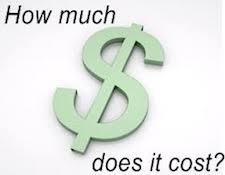 Additionally, there is the practice of used gear. If the general price point for used equipment is typically half the retail cost, and suppose the minimum retail cost of a true “high end” system is, for example, say, $10,000.00, is not the exact same system priced at $5000.00 viewed in the same way? If the componentry of the system purchased new is “high end,” then simply selling the same equipment used doesn’t change the build quality or the sonic capabilities (although the previous owner might!).
Additionally, there is the practice of used gear. If the general price point for used equipment is typically half the retail cost, and suppose the minimum retail cost of a true “high end” system is, for example, say, $10,000.00, is not the exact same system priced at $5000.00 viewed in the same way? If the componentry of the system purchased new is “high end,” then simply selling the same equipment used doesn’t change the build quality or the sonic capabilities (although the previous owner might!).
Cost is a very poor barometer of determining a system’s classification. Someone, for instance, disposed of considerable financial resources may assemble a $500,000.00 system and not think twice about how much was spent. If such a system was viewed by the owner as possessing unbelievable sonics, and as such established that sonic presentation as a benchmark, would that same person ever be content with a $25,000.00 system? Likely as not, no. Would then, a person with that same $25,000.00 system feel the same way about the $1000.00 “high end” system at RMAF? Likely as not, yes. Cost just doesn’t seem to work all that well as a litmus test of audio quality – unless, of course, the prices are up in the stratosphere.
I suppose the next logical parameter might be quality of sonics. Really? Audiophiles can’t hardly, and collectively, agree on much of anything as it relates to sonics, or also for that matter equipment, so is it even remotely supportable that quality of sonics could be a realistic definition, let alone a measurable definition? Likely as not, probably not. What I consider as a minimum allowable level of auditory quality may well, and probably will be, quite different than how someone else defines acceptable sonics.
How then do we measure and define what is, and what is not “high end” audio” Where is the line in the sand between a “high end” system and everything else?
Like so many audiophile topics, the question has multiple answers and depends largely on the viewpoint of the person asking the question. Wikipedia lists, in part, the following definition of “high end” audio: “…a class of consumer home audio equipment marketed to audiophiles on the basis of high price or quality, and esoteric or novel sound reproduction technologies.” Sounds simple enough but upon closer scrutiny it really doesn’t answer the question. How much is high price? “Novel sound technologies,” what would they be, specifically?
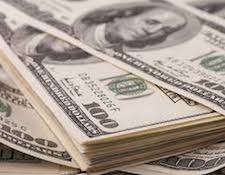 Some systems need no clarification. The afore mentioned $500,000.00 system would easily classify, as would the $25,000.00 system. And yes, I suppose I’d give the nod to the $10,000.00 system, all of which purchased new, of course. However, at a certain point down the cost ladder, things indelibly become debatable in terms of what is and what is not “high end audio.” Obviously, some clearly are not – inexpensive Mp3 players and most anything purchased from a big box retailer, for instance.
Some systems need no clarification. The afore mentioned $500,000.00 system would easily classify, as would the $25,000.00 system. And yes, I suppose I’d give the nod to the $10,000.00 system, all of which purchased new, of course. However, at a certain point down the cost ladder, things indelibly become debatable in terms of what is and what is not “high end audio.” Obviously, some clearly are not – inexpensive Mp3 players and most anything purchased from a big box retailer, for instance.
For me personally, and most readers probably have never really noticed, I prefer the term “high performance.” I see that as coming closer to establishing a usable benchmark for an acceptable standard. I see a high performance system as being one that faithfully and accurately reproduces the recording and also how well it does in attempting to recreate the experience of live music. If you smile and shudder with disbelief when you hear your system play music, it could be legitimately argued it’s high performance – regardless of the cost.
So much of what audiophiles consider an acceptable minimum standard of cost and excellence is largely a personal consideration. We are constantly looking for that collection of “parts” best suited to sonic perfection based on a cost per performance paradigm. So it seems therefore logical that the best descriptor of a high end system is based on the outlook of the individual user. This question is best answered like so many others in the audiophile community, it’s user’s choice.
